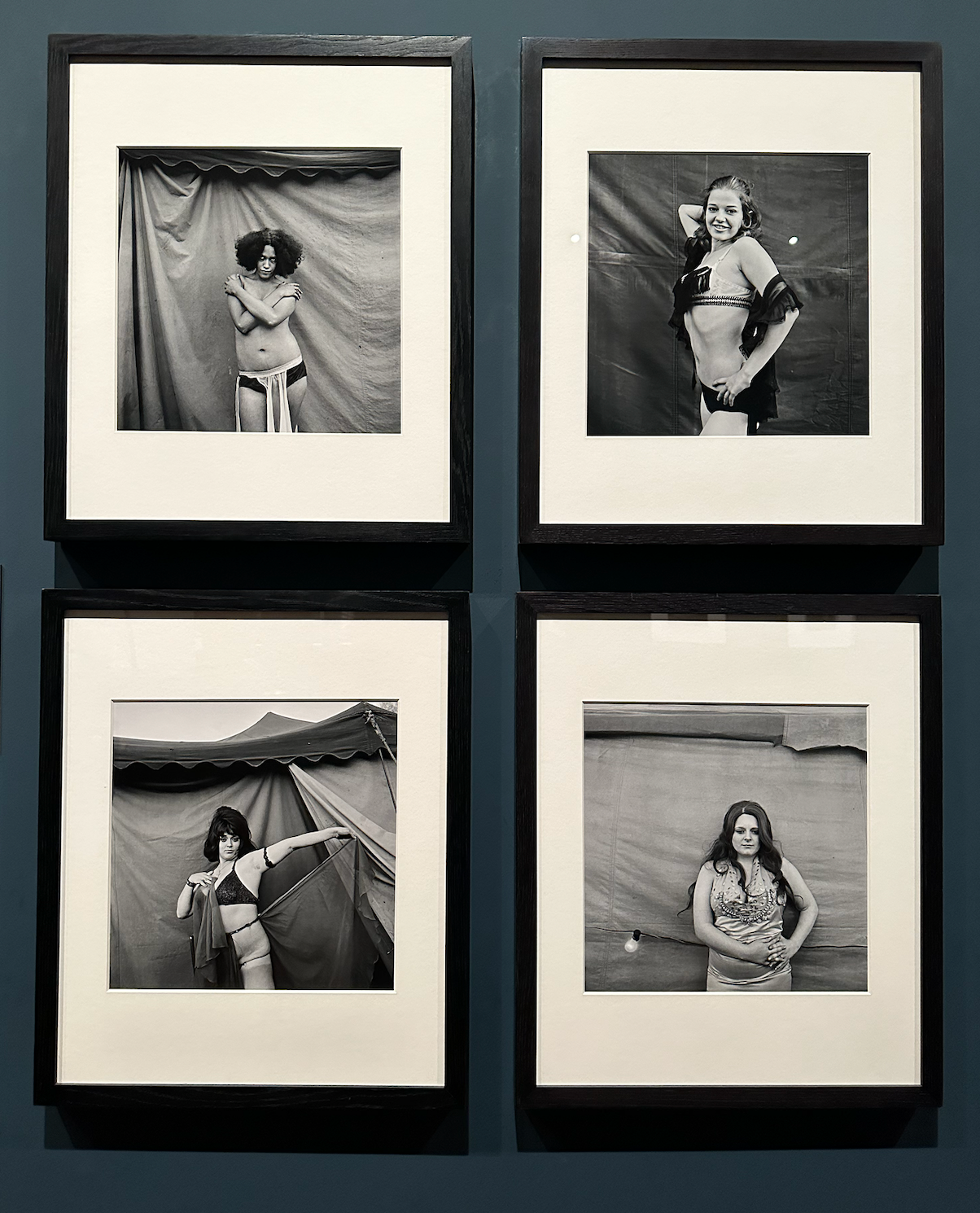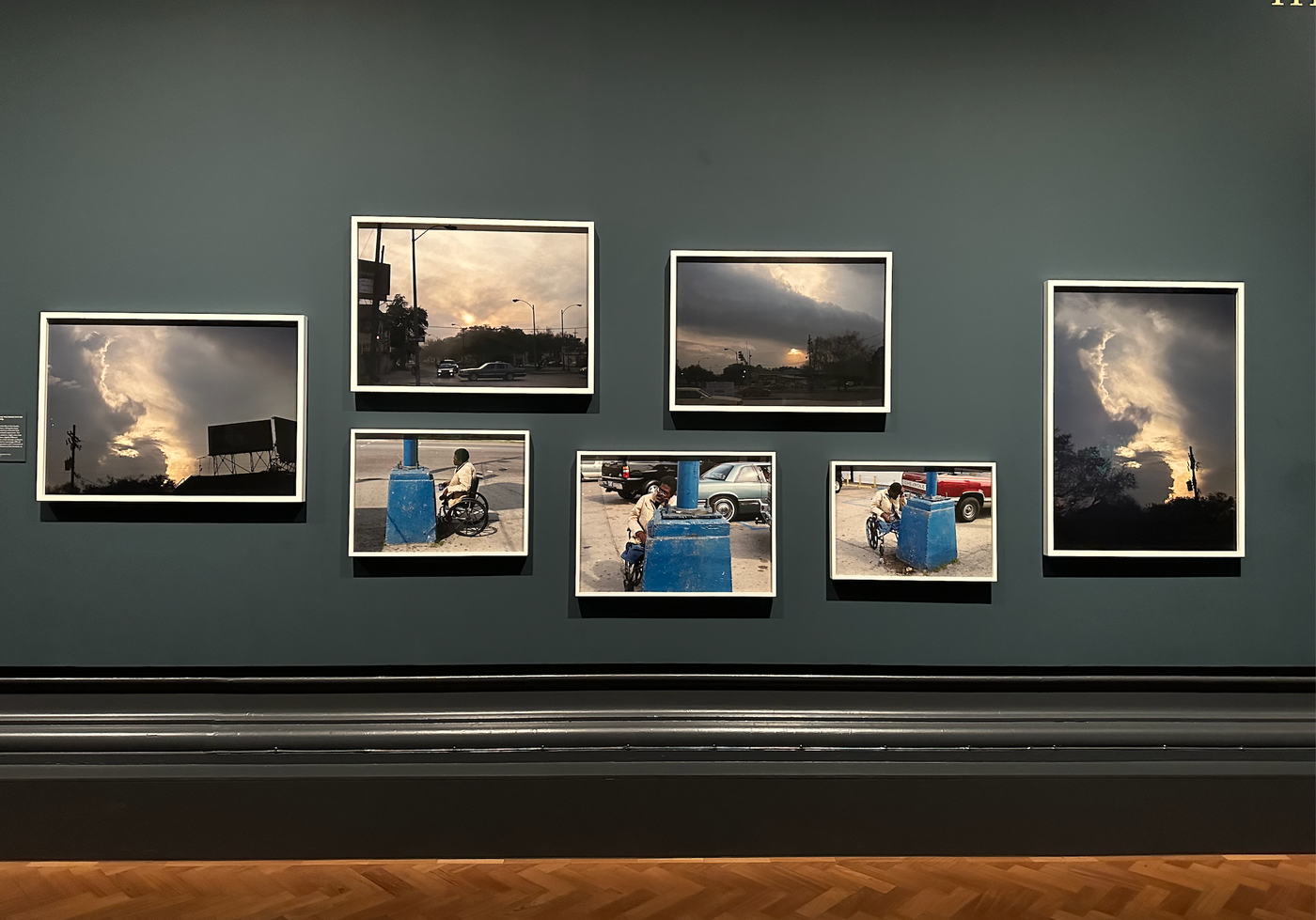How to cultivate aesthetic vision?

Whenever I meet new acquaintances, I am often asked "What do I usually photograph?" The answer seems to be that I can only choose one of "portrait photography", "landscape photography" or "still life photography". Many friends who are not familiar with photography like to classify photography according to these three categories, but I don’t know how to answer every time. I think photography, as a creative medium, actually has more possibilities. Like other creative media, it is a language, and the focus should not be on genre classification, but on what you want to say with it.
To further understand photography, in addition to technical practice, you need to work more on aesthetics and judgment. Viewing a photography exhibition is a good opportunity for "eye candy". Facing thousands of works, we can see different people's ideas and worldviews, different creation and expression techniques, different aesthetics, and different presentation methods of the works. (This cannot be seen clearly on the Internet or in books) and what else is there besides "portrait landscapes of flowers, birds, insects, fish", "light and shadow", "geometric lines", "comfortable", "beautiful", and "skilled".
To distinguish between good and bad, the first thing to do is to store a large number of "Visual Datebase" (Visual Datebase). Just like training your sense of taste when buying clothes, if you try more and see more, you will slowly develop a judgment. You have to look broadly and broadly, and look at the good things as well as the bad things. Watch more good things for "eye candy", but also watch bad things to learn (but you don't need too much, it's good to know a little), and do more homework: take notes, collect information, read relevant articles, think more, and learn more , compare with other works in the "Visual Database"... If you live a good life, you can form an aesthetic and judgment.

When viewing works, sometimes we still feel that we have no idea where to start. Especially when facing some "avant-garde" works, most people tend to feel at a loss. To understand a work, we can actually start with many methods, and understanding the author's background is one of the keys. All works are inseparable from the creators, including the author's growth background, family and educational background, social conditions at the time of creation, year and place of creation, the author's creative direction and intention, the relationship between the works and the artist's own creative stage... ...will also be reflected in his works. From these clues, we can think about the meaning of the work and what the author was thinking when he created it.
In addition, each work has its theme, meaning, and creative technique. With the same theme, for example, some works that respond to social issues, different people will have different ideas about it. Works created on this theme will also have different meanings. The creative style and focus of the creator will of course affect the way of expression.

We can also understand the creative concept of the work from the title of the work and the artist's statement. When viewing a work, we must not only think about the "visible" elements, but also take into account those "non-existent" parts that have been abandoned or hidden by the author. We can also refer to the development history of the medium and the context of the works in art history... Sometimes, some works may originate from certain biblical stories, myths, social events, classic works, etc. When encountering this situation, we can translate Check the source for further interpretation.
To study seriously, you might as well do more homework systematically at the beginning and accumulate more knowledge and experience instead of purely relying on feeling. Mature creations are not created out of thin air or on a whim, so there are actually many things to study. The more knowledgeable the viewer is, the more they can read.
Author: Ye Xiaoyan (IG: rachel.iphiuyin)
Like my work? Don't forget to support and clap, let me know that you are with me on the road of creation. Keep this enthusiasm together!





- Author
- More